The history of the city of Gdańsk is a rich and sometimes complicated one. Described by Napoleon as ‘the key to everything’ when he marched eastward in the early 19th century, the city has moved backwards and forwards between Polish and German/Prussian control over the centuries...
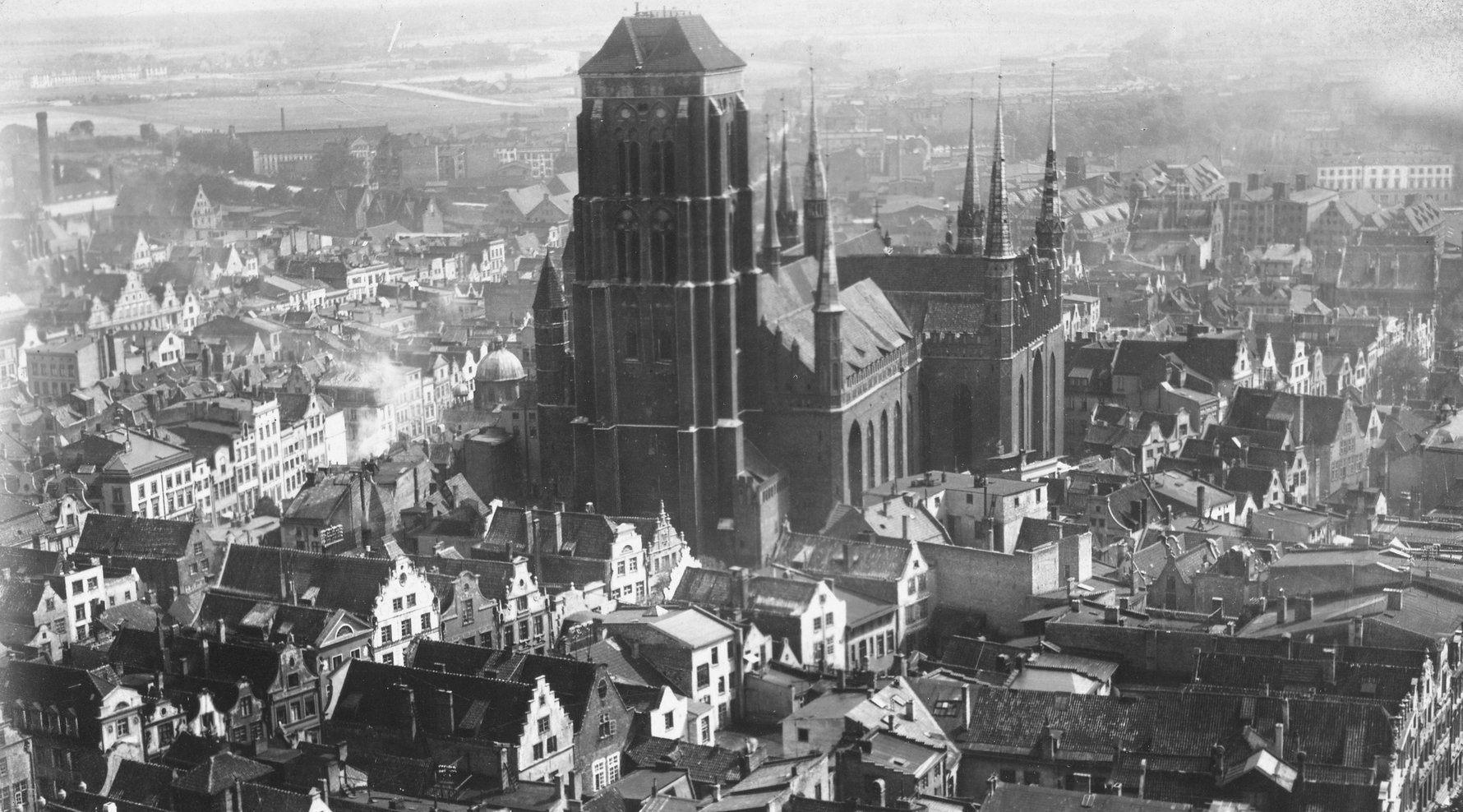
History
In 1918, Poland had existed in memory only for over a century (123 years to be exact) since the Third Partition of 1795 imposed by her powerful neighbours saw Poland’s territories carved up between Prussian, Habsburg and Russian empires. Gdansk/Danzig found herself in the Prussian partition, then briefly functioning as a Free City and then becoming part of the German Empire. The end of WWI brought with it a house-of-cards collapse in the occupiers, and a new independent Polish republic was established on the back of this redress of power. Gdansk/Danzig became a huge sticking point at the Versailles negotiations with both Germany and Poland arguing strongly that the city with its port ought to be put under their control. With agreement impossible, Germany in no position to rebuild the devastated local economy because of the paralysing effect of the war reparations and the League of Nations both wary the city contained a large German-speaking population and fearful the Poles might go ‘Red’ like the Russians, a hashed together compromise saw the city instead designated as a Free City State.It was placed under the Protectorate of the League of Nations who appointed a High Commissioner to oversee its running. Thus on January 10th, 1920, The Free City of Danzig (DEU: Freie Stadt Danzig / POL: Wolne Miasto Gdańska) came into being.
From starvation to prosperity
The denial of Poland’s demand for a Baltic seaport resulted in the Treaty assigning her a narrow strip of West Prussia which connected the bulk of the landlocked country to the sea and which was flanked on either side by German territory. This went onto become what was infamously named the ‘Polish Corridor’ and Poland, denied access to the sea through the port of Danzig instead heavily invested in the village of neighbouring Gdynia.To call what had been created a city, however, is a bit of a misnomer. The area falling into the sphere of the Free City actually consisted of a sizeable area – covering land of nearly 2,000 square kilometres it comprised of 252 villages, as well as towns like Sopot (Zoppot to use its name of the time), Tiegenhof (Nowy Dwor Gdanski) and Neutiech (Nowy Staw), stretched as far as Malbork to the east and numbered a population of 366,000.
Both Germany and Poland felt wronged by the League of Nations’ decision

The first years of the new state were difficult and it was only thanks to Polish food aid that many didn’t starve. Slowly but surely things started to improve, international companies started to move into the city and local businesses demonstrating the traditional Danzig qualities of innovation and entrepreneurship emerged. Heavy industry was built up including shipbuilding, the timber industry thrived as well as food, brewing and confectionery. Some of the firms who helped rebuild the Danzig economy are still present today such as Dr. Oetker, the German food company. The 1920's saw a period of strong growth.
The changes the creation of the Free City brought were far-reaching. Citizens of Danzig were issued with new passports, and anyone not wishing to surrender their German citizenship was obliged to leave. Elsewhere Danzig specific coins, banknotes and stamps were brought into circulation. Originally called Marks, the Great Depression saw the introduction of Danzig Gilders which became as much a symbol of the city as the emblem showing 2 crosses and a crown. Danzigers proudly boasted of their Danzig Dollars, so similar were they in texture and colour to the American dollar and the 30s were a time of increasing prosperity. To push the point home the state even got its own national anthem, a great little ditty making liberal use of the phrase ‘In Danzig it must surely be!’
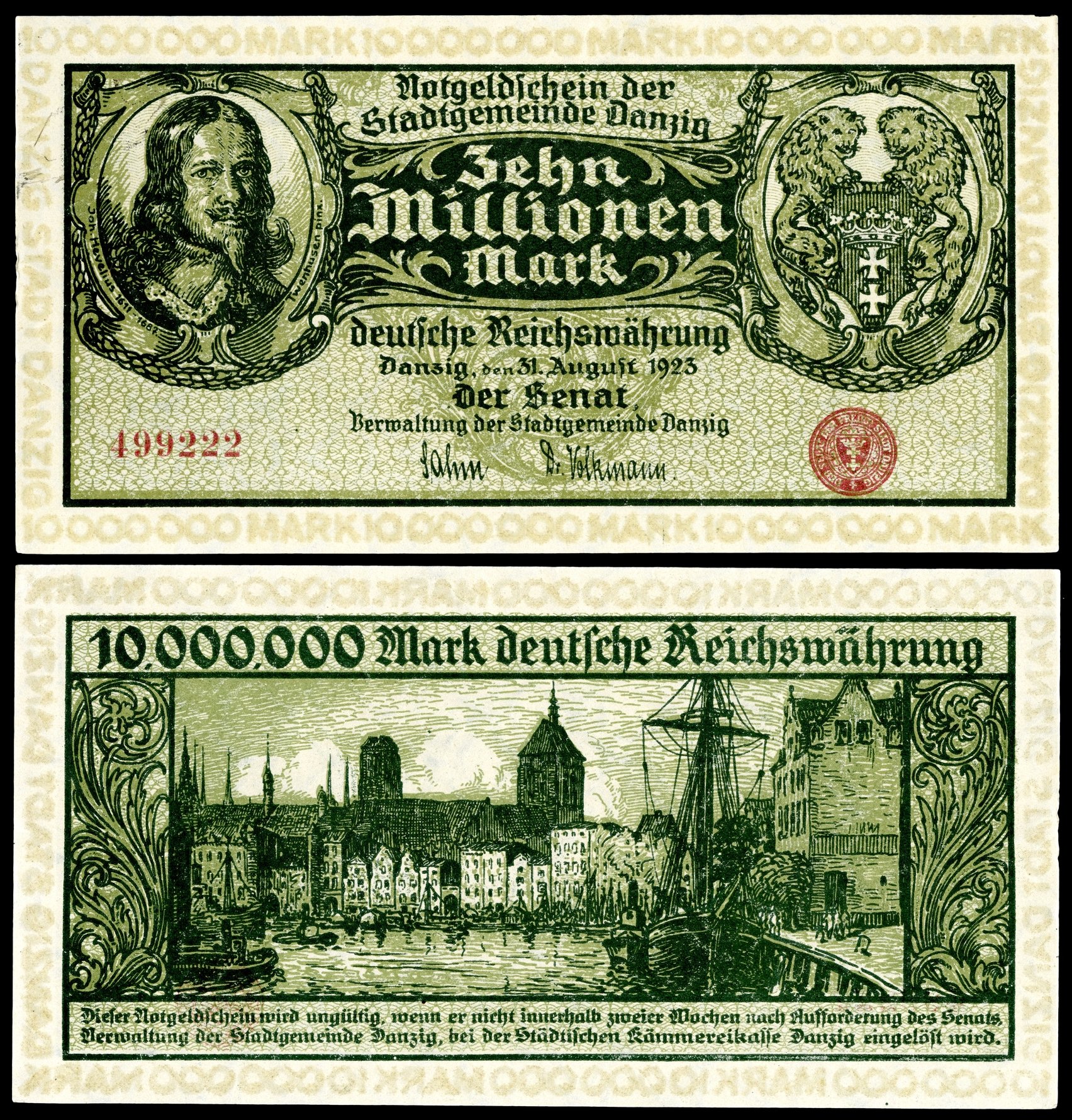
|
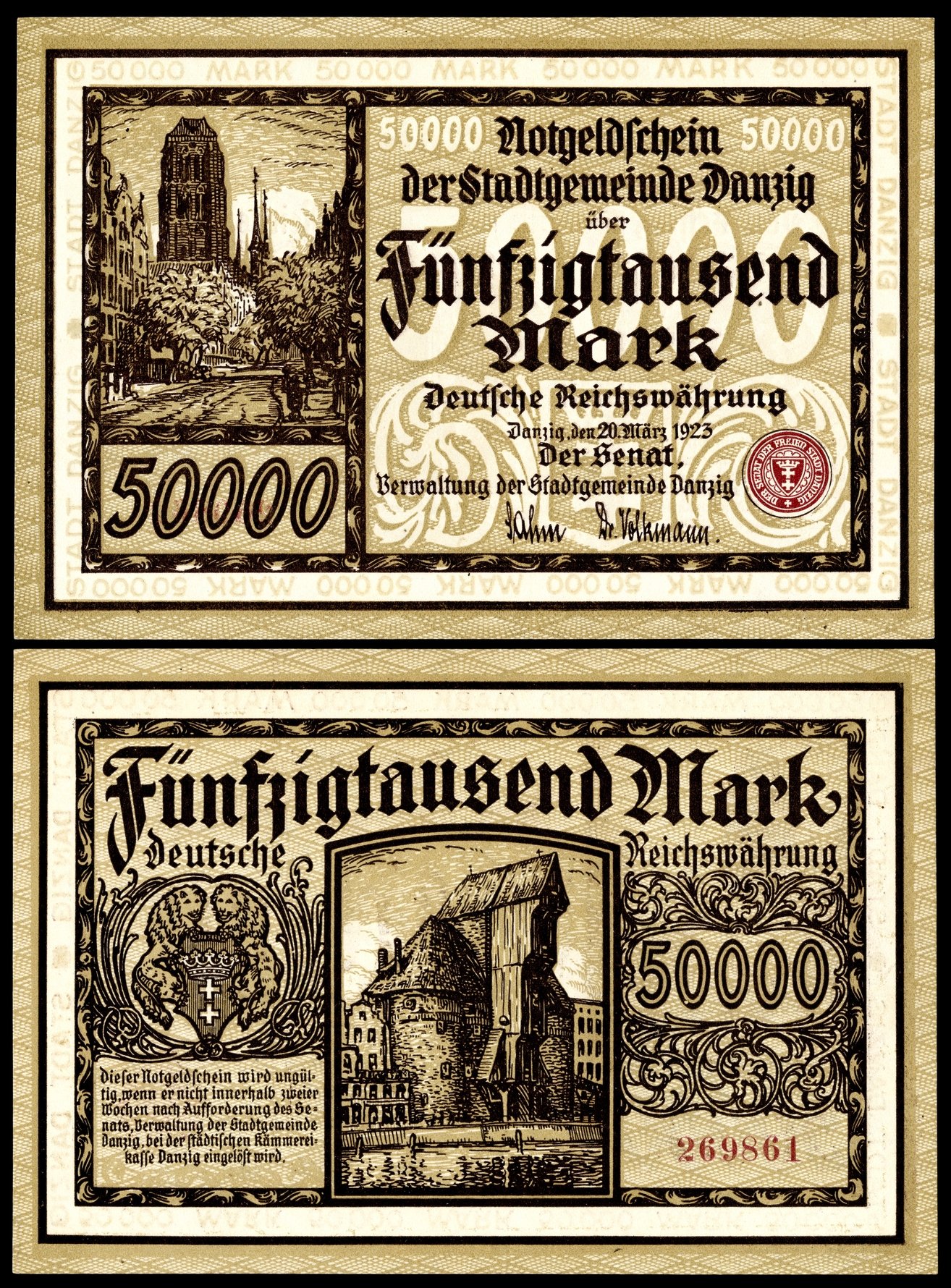
|
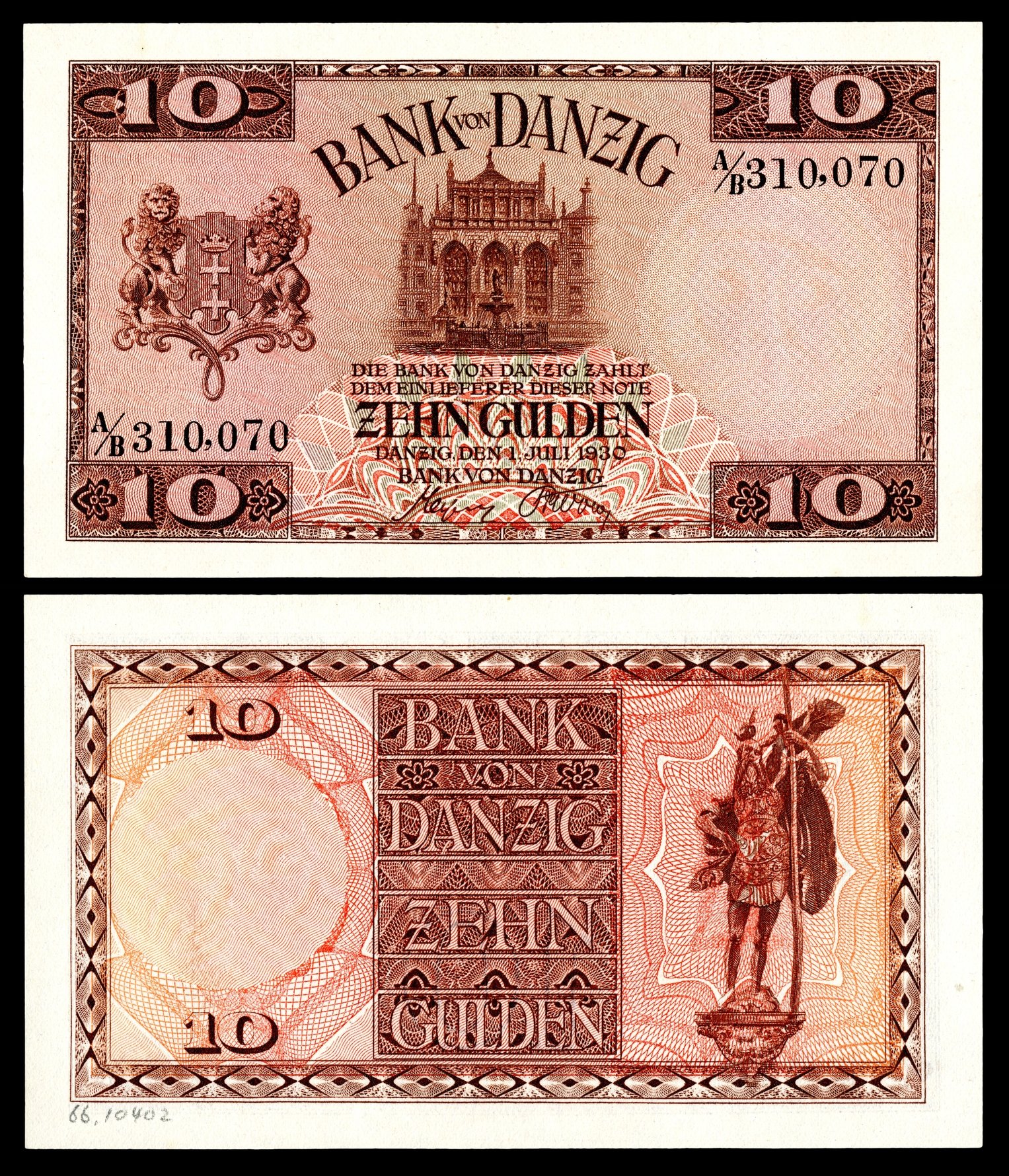
|
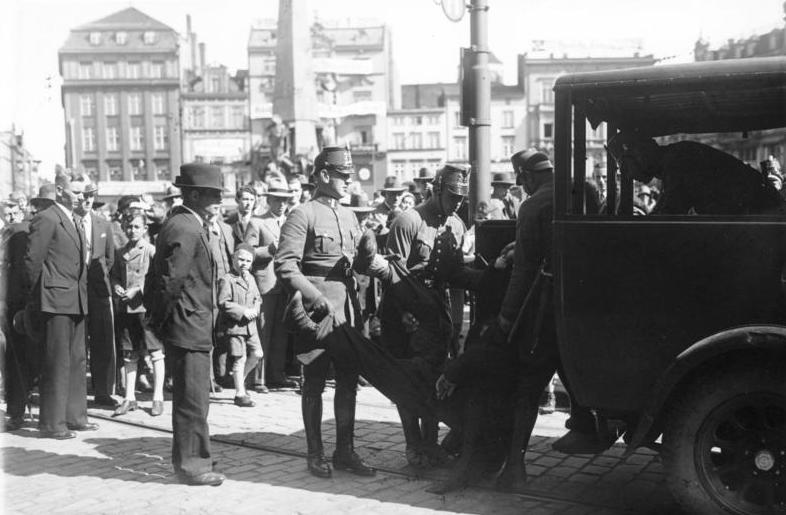
In the Free City, Schutzpolizei were effectively a militia organisation, which was made up of the predominantly-German local population.
The Peak of Tensions - Nazis come in and ruin everything!
The League of Nations tried to keep the balance and was keen to press the rights of the Polish minority. The Westerplatte Peninsula, for so long a pleasant little beach kitted out with posh bathhouses, was handed over to the Polish military which set about fortifying it with a trail of bunkers to deter the Germans from any naughtiness. On top of that, a Polish Post Office was established within the city on what is today ul. Obroncow Poczty Polskiej. Now, while that sounds innocuous enough, the German’s assumed there was more going on inside than Postman Patryk sorting postcards. And they were right, as proved by the fierce armed resistance Nazi storm troopers met when they attempted to capture it in 1939.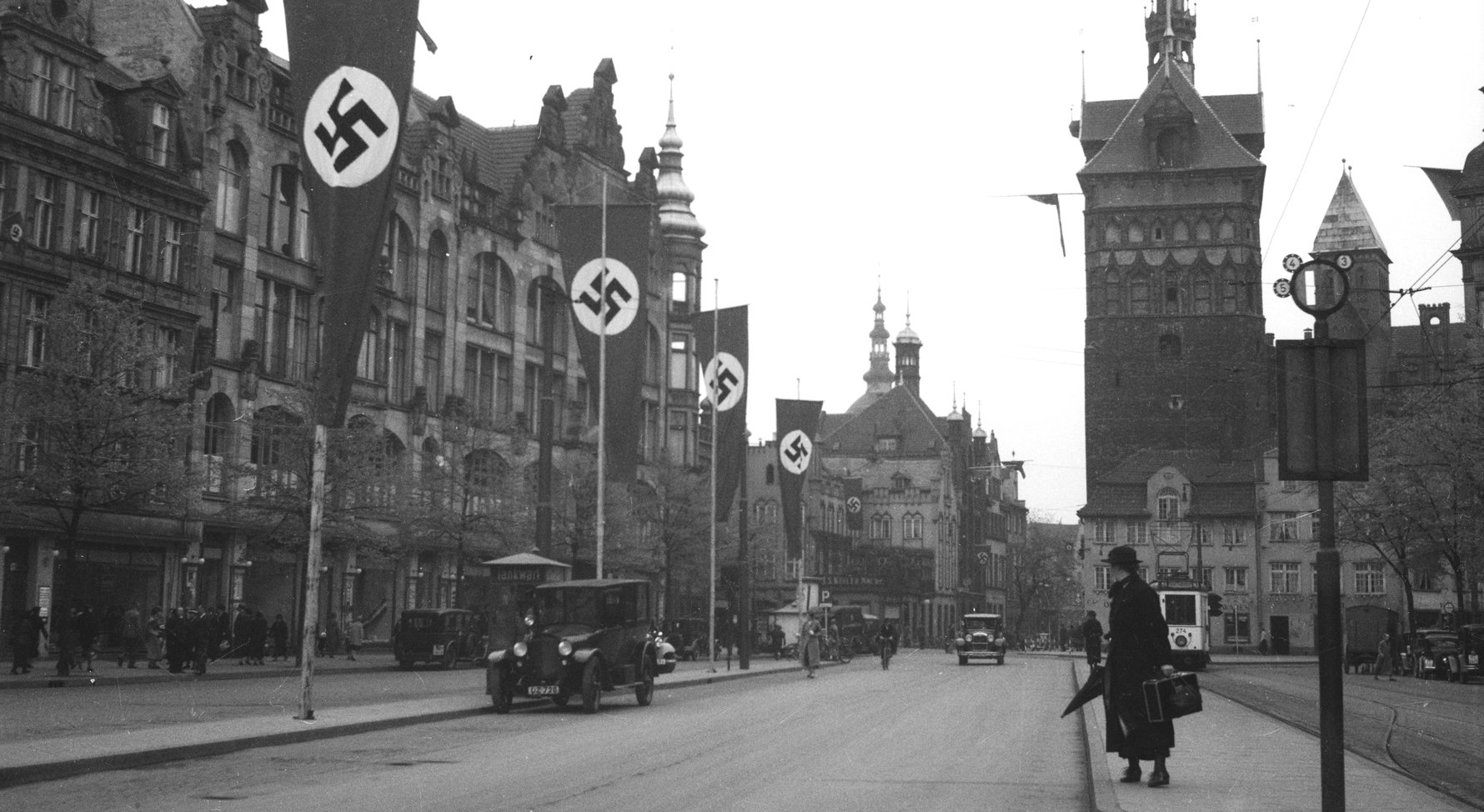
Having first gained a representation in the Danzig Parliament with the elections of 1930, the Nazis would go onto take power in 1933 with just over 50% of the vote which was notably less
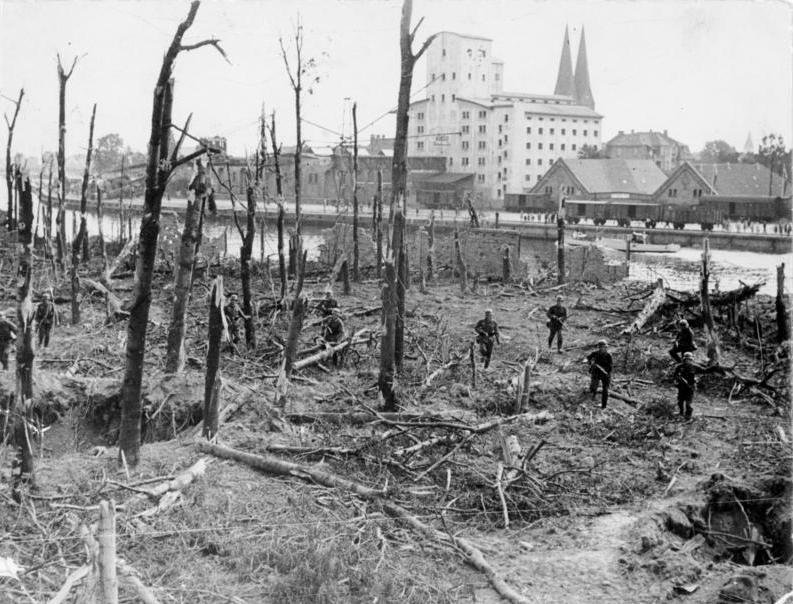
the invasion of Poland and, thus, the start of World War Two.
What to see
For those interested in learning more about this short period of Gdańsk's history, we thoroughly recommend visiting the Free City of Danzig Historical Zone in Gdańsk Old Town.Since Danzig became part of Poland, street names have been changed from German to Polish. Read our article about Danzig/Gdańsk Street Names.


 1920 (1)_m.jpg)
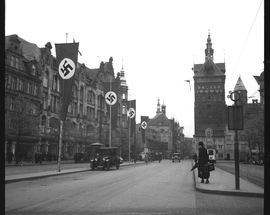
-LCCN2002714026_m.jpg)
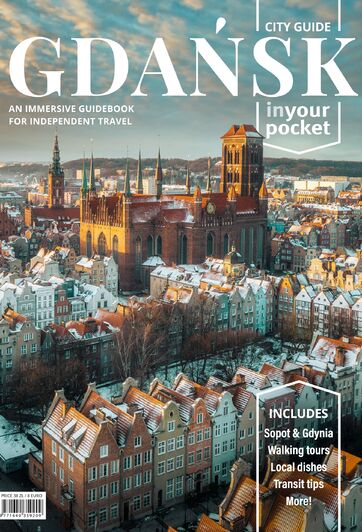
Comments